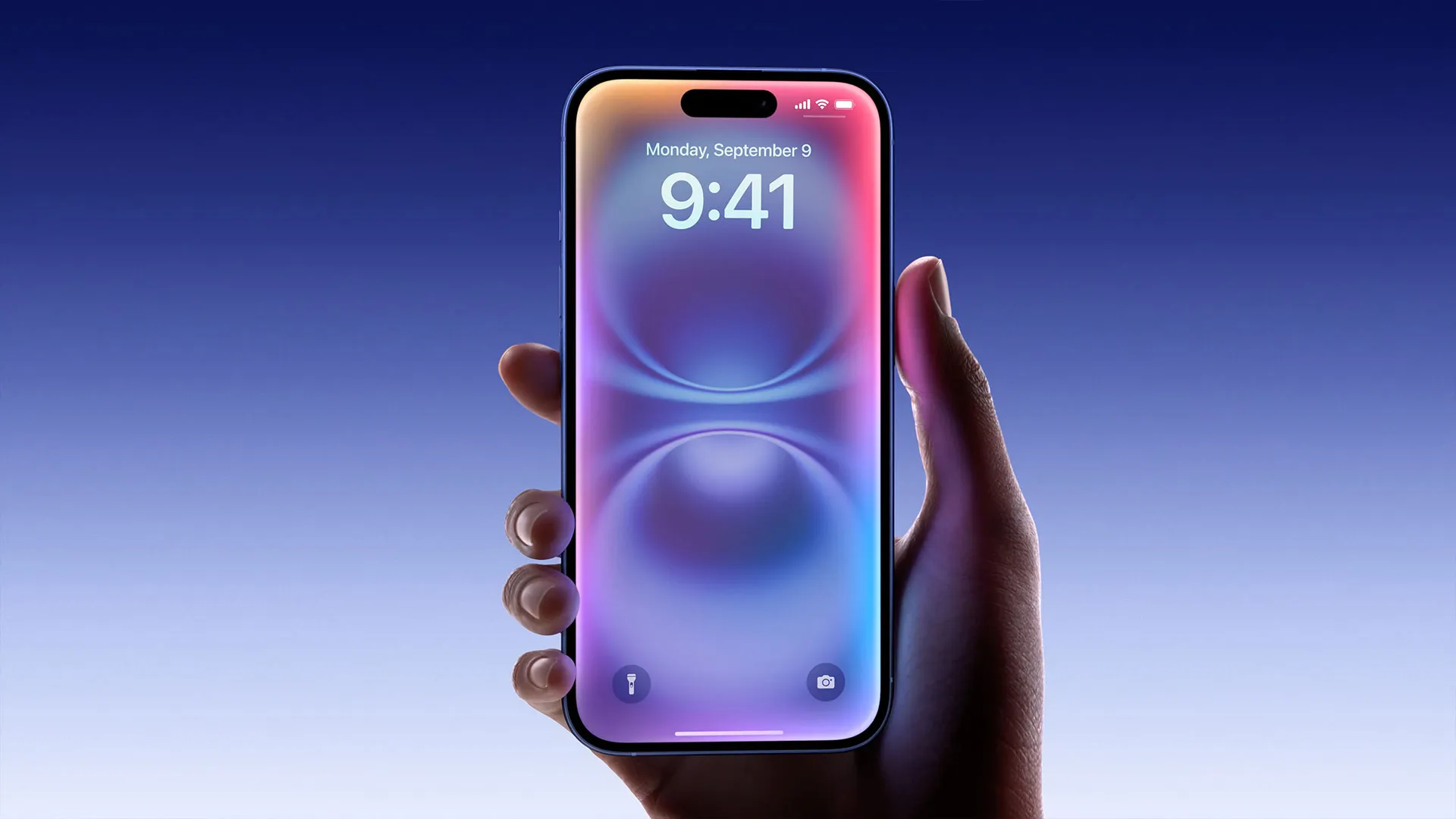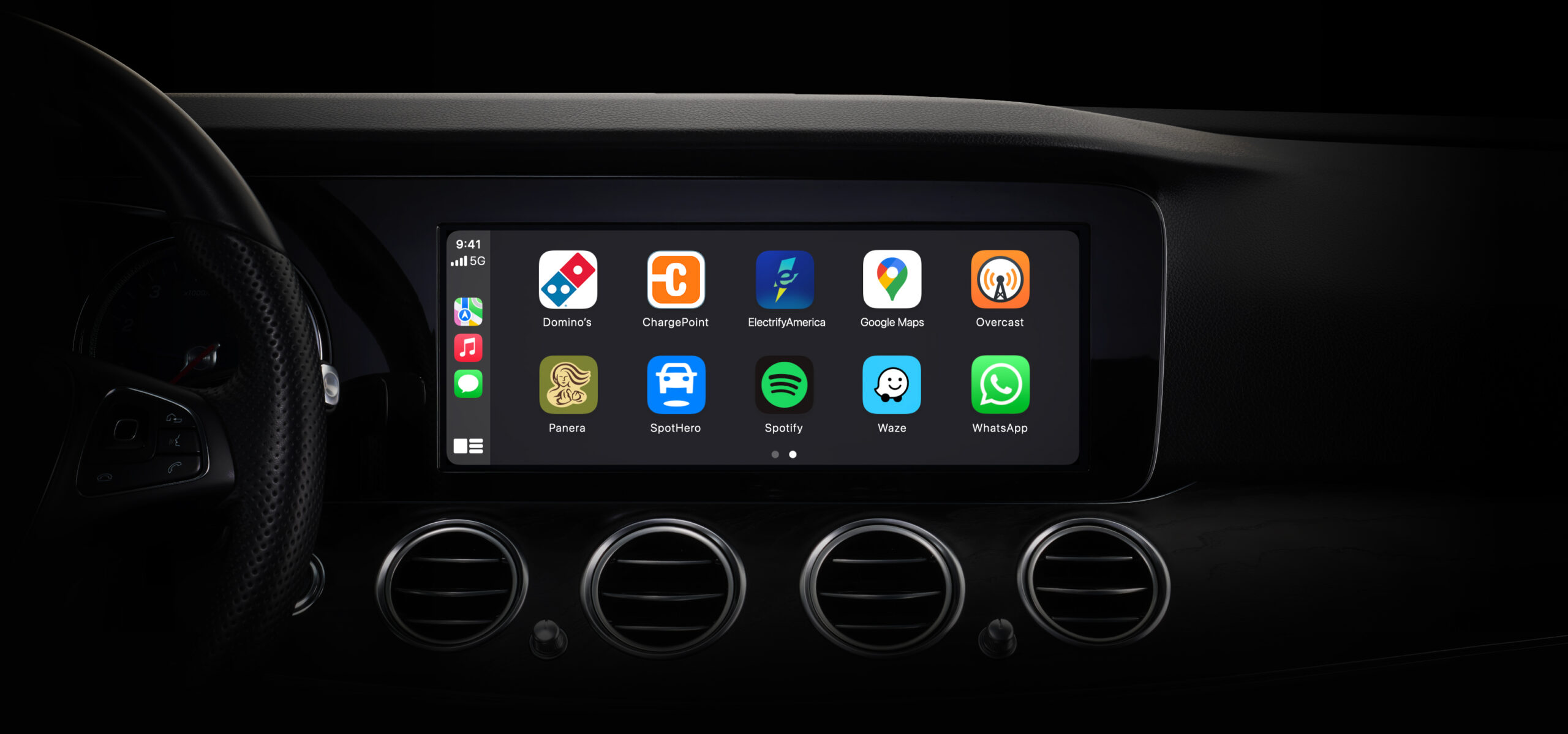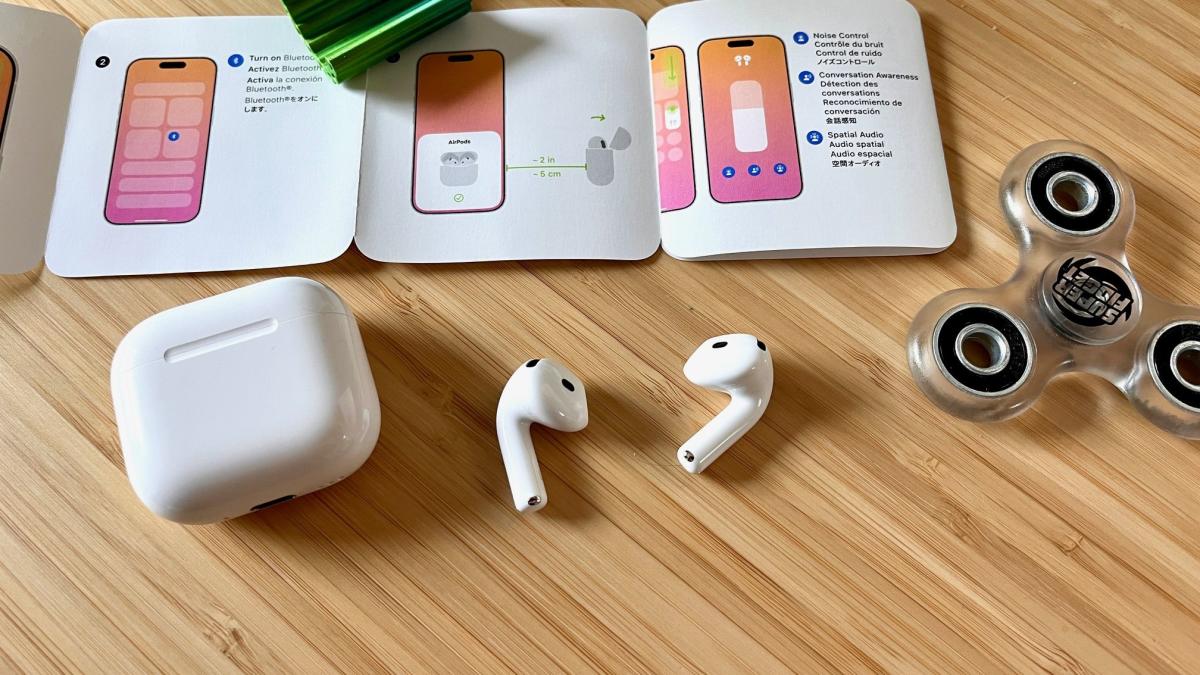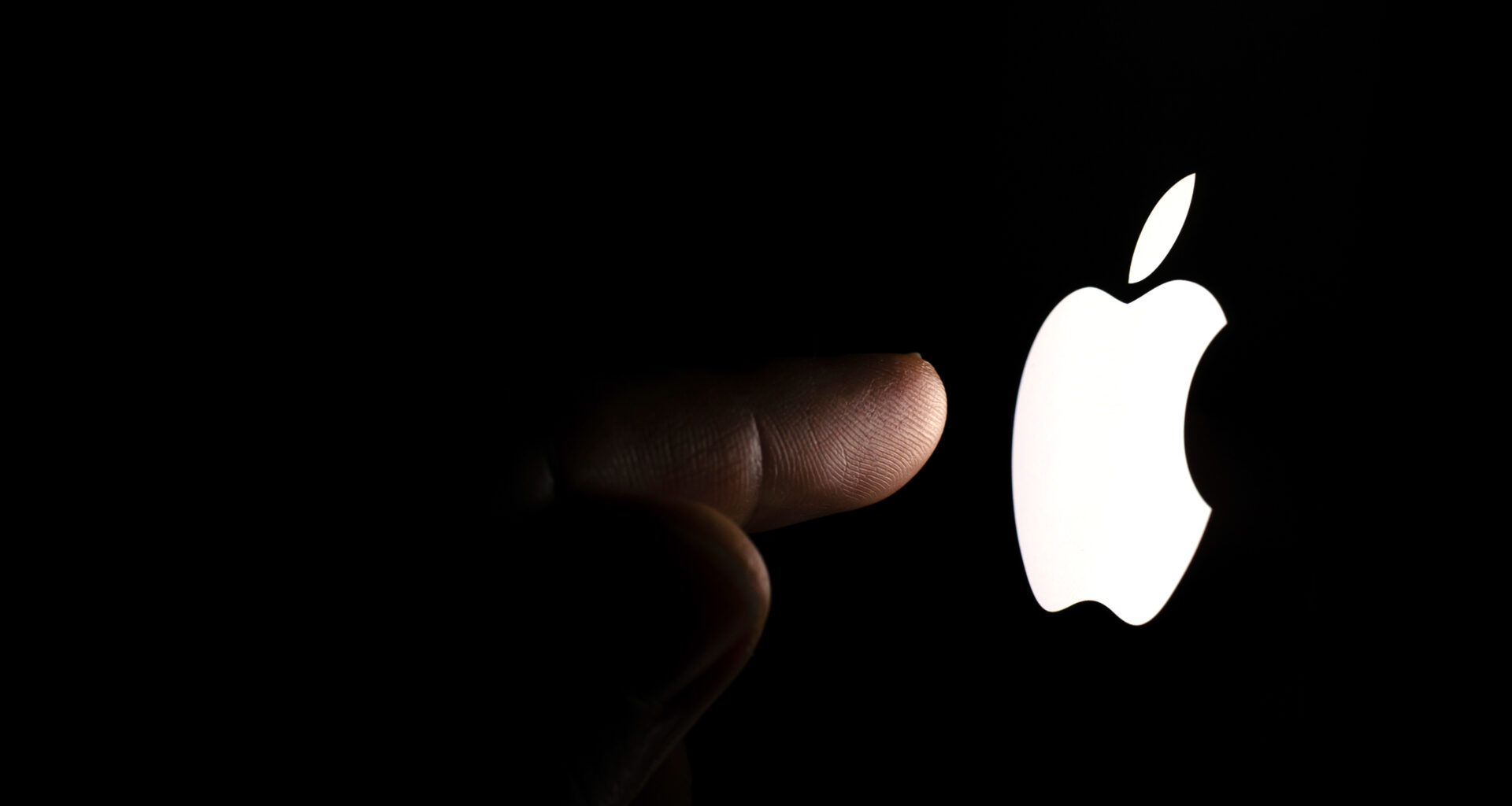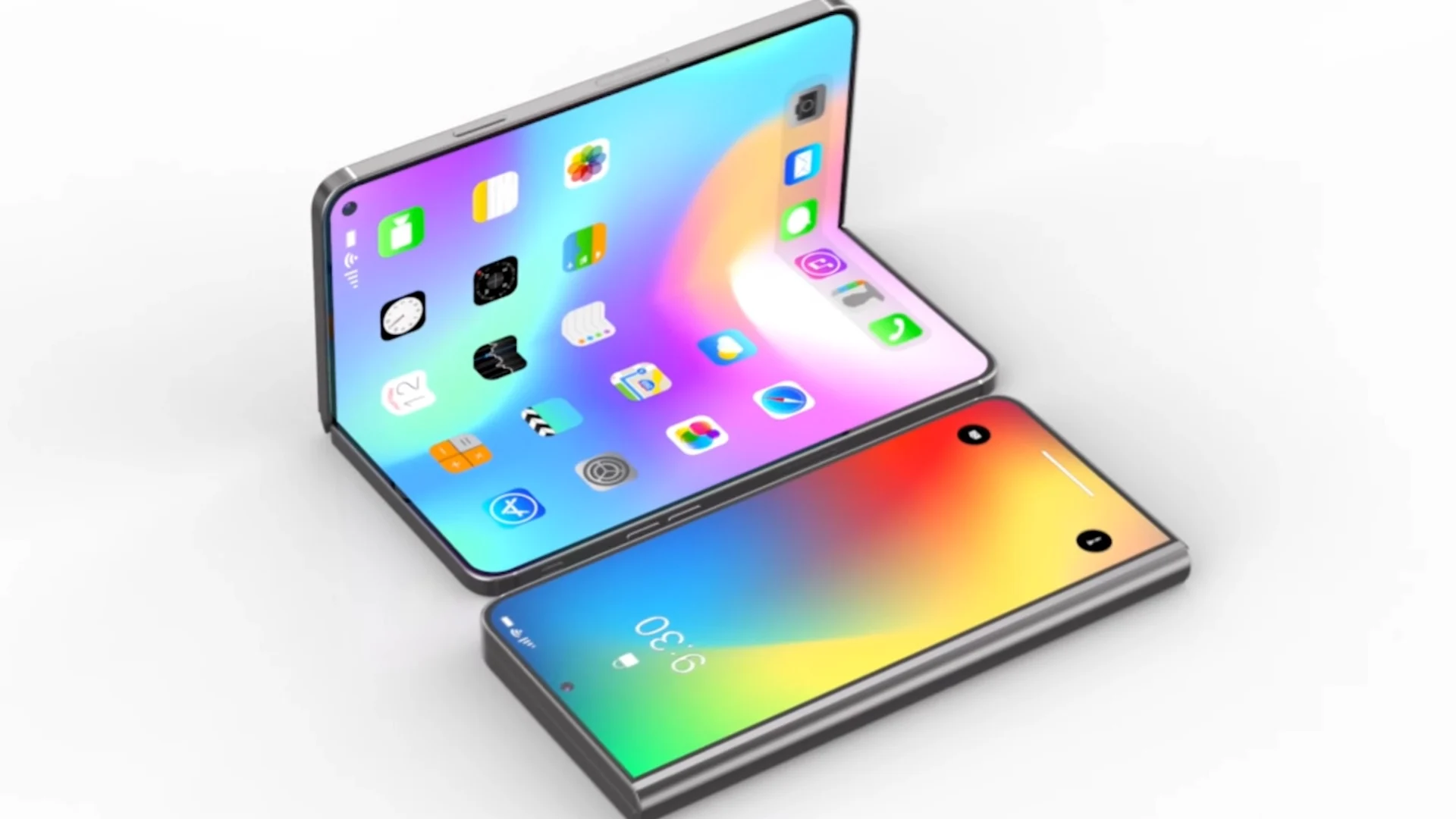The Apple TV app just got a little better with the iOS 18.4 update. This latest version brings three small changes that make using the app easier and more enjoyable. These updates might not seem huge, but they improve how you find and enjoy your favorite shows and movies.
First, there’s a bigger “plus” button on the featured titles at the top of the app. Before, this button was tiny and tucked away in the corner, but now it’s right next to the “play” button. This makes it super simple to add something to your watchlist without extra taps. It’s perfect for when you spot something cool and want to save it for later.
Second, the app now shows release dates more clearly for shows that are still airing. If a series has new episodes coming, you’ll see the schedule front and center. No more digging around to figure out when the next episode drops—it’s all right there, saving you time and hassle.
Finally, the app has a fresh look with new fonts and icons. The text is easier to read, and sections like Movies Spotlight and Sports have fun new symbols. These little tweaks give the app a modern feel while keeping it familiar and easy to use.
These updates rolled out with iOS 18.4 and tvOS 18.4 on April 4, 2025. They show Apple’s focus on making small, smart improvements to keep the TV app smooth and user-friendly. Whether you’re a fan of shows like Ted Lasso or just browsing, these changes make the experience a bit better. It’s not a big overhaul, but sometimes the small stuff makes a real difference!
